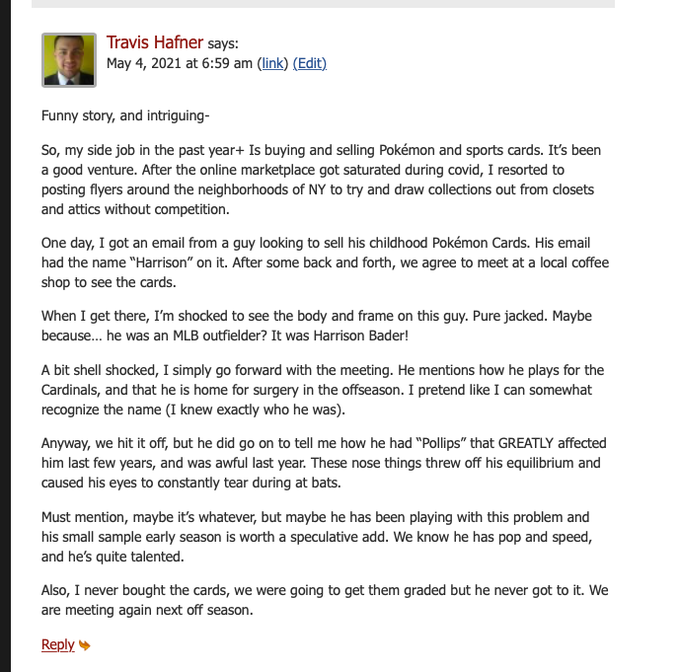Effectively Wild Episode 1731: In Good Standings

Ben Lindbergh and Meg Rowley banter about their imperfections, follow up on flying horses, Justice Blackmun omitting Mel Ott from Flood vs. Kuhn, and a possible defense of pitcher hitters, then assess the state of the standings and playoff races, contemplate a position change for Fernando Tatis Jr., discuss the Field of Dreams Game, and consider a point in favor of robot umps and signs of spin-rate resurgence.
Audio intro: David Bowie, "Win"
Audio outro: Oh Pep!, "The Race"
Link to article about how horses fly
Link to article on Blackmun and Ott
Link to Ben on pitcher hitters/position-player pitchers
Link to post on Canseco pitching
Link to video of Holt pitching
Link to post on slowest possible pitches
Link to thread on slowest possible pitches
Link to FanGraphs Playoff Odds
Link to Mike Petriello on the Mets’ offense
Link to Petriello on the Jays’ offense
Link to Justin Choi on the Jays
Link to Rob Mains on team mobility
Link to Rob Arthur on the absence of superteams
Link to article on Tatis in the outfield
Link to Field of Dreams episode
Link to paper on umpire discrimination
Link to thread about umpire discrimination
Link to tweet about resurgent spin
![]() iTunes Feed (Please rate and review us!)
iTunes Feed (Please rate and review us!)
![]() Sponsor Us on Patreon
Sponsor Us on Patreon
![]() Facebook Group
Facebook Group
![]() Effectively Wild Wiki
Effectively Wild Wiki
![]() Twitter Account
Twitter Account
![]() Get Our Merch!
Get Our Merch!
![]() Email Us: podcast@fangraphs.com
Email Us: podcast@fangraphs.com
Podcast (effectively-wild): Play in new window | Download
Subscribe: RSS


